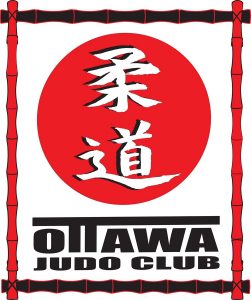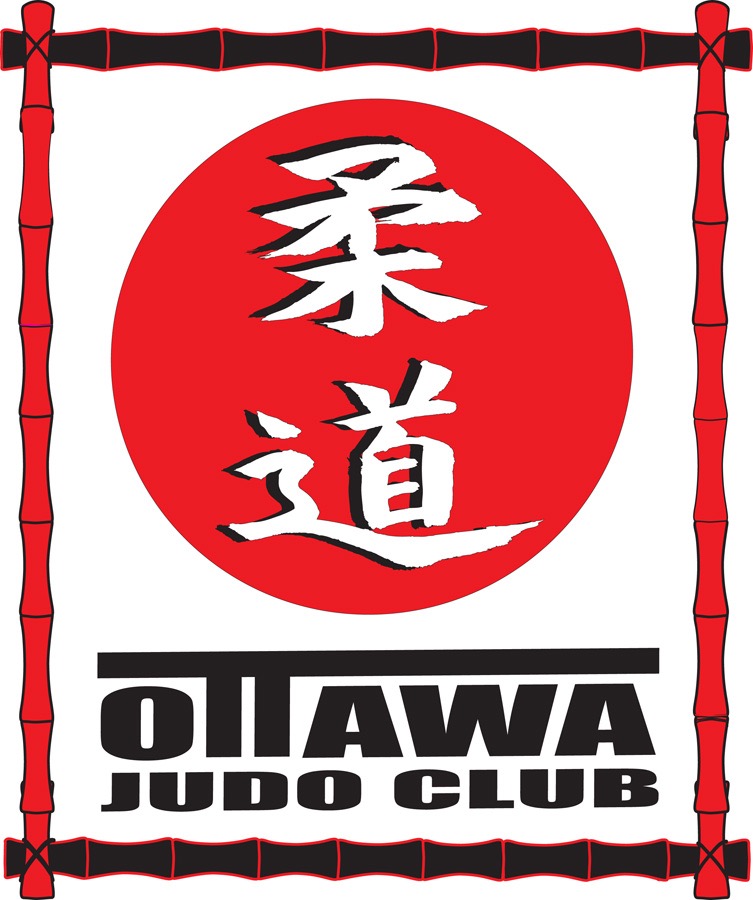HISTORY & PHILOSOPHY OF JUDO
History
 A number of legends have been passed down concerning the remote origins of Judo; but it was actually in Japan, 1882, that Dr. Jigoro Kano, along with a few disciples, established the first school of Judo, to which they gave the name of “Kodokan”.
A number of legends have been passed down concerning the remote origins of Judo; but it was actually in Japan, 1882, that Dr. Jigoro Kano, along with a few disciples, established the first school of Judo, to which they gave the name of “Kodokan”.
Dr. Kano, who was born in 1860, made an exhaustive study of the martial arts, the best known of which is jujitsu. This consists of a series of fighting techniques which were very much in style during the feudal period, and which masters taught secretly to a privileged few.
Dr. Kano, an Oxford scholar, became president of the faculty of physical education at the University of Tokyo. He established the principles of his own method, based on sports and physical education, with rules in which the spirit of combat was maintained, but where respect for one’s opponent was very important.
Before the Second World War, Great Britain, the United States and Canada were about the only countries outside Japan that practiced this mysterious sport. In 1956, the first World Championship was held in Tokyo, and in 1961, the third World Championship was held in Paris. This seemed to be the start of universal acceptance of the sport especially since the unbelievable had already occurred: Anton Geesink, the Dutch athlete, left the Coubertin Stadium with the world title! Today, the International Judo Federation has 92 member countries, and it is quite possible that the mark of 100 will be passed in the near future.
With millions of Judoka throughout the world, and more than 50,000 in Canada, Judo has become a sport for all ages and both sexes, both within and outside organized competition.
Judo’s hierarchical structure and inherent discipline have helped make it a popular activity both as a recreation and competitive sport. Judo is also the youngest of Olympic sports; it was added to the program at the Tokyo Games (1964), a fitting tribute to its founder who, as representative of the Japanese Olympic Committee, had succeeded in having it accepted as a demonstration sport for the 1940 Games. Unfortunately, those Games never took place because of World War II.
In Munich, in 1972, the Russians won their first gold medal in Judo thanks to the efforts of Chochoshvili; in the same Olympics, Ruska gave Holland its second gold. While Japan remains the undisputed master of this sport, Judo has nevertheless reached a degree of universal maturity, the supreme goal of its founder, due largely to solid national and international structures and to youth grown eager for combat sports. Judo is indeed heading in the right direction.
Currently Canada is moving up the ranks world wide. As of September 2023 Canada was ranked 17th in the world out of 204 countries and has the #1 and number #2 female in the -73 kg category.
Philosophy
 The Constitution of the International Judo Federation states that the principles and philosophy of traditional Judo as created by Dr. Jigoro Kano, shall be followed. JUDO – “ju” literally means softness and gentleness. A classic description of the meaning is as follows:
The Constitution of the International Judo Federation states that the principles and philosophy of traditional Judo as created by Dr. Jigoro Kano, shall be followed. JUDO – “ju” literally means softness and gentleness. A classic description of the meaning is as follows:
“Like the willow tree which bends before the fury of the tempest, so that at the end, its flexible branches remain unbroken, whereas the rigid oak tree is broken or uprooted.”
Sometimes, the principle is misunderstood as complete nonresistance. But it should be noted that the willow tree does use some strength, in that it keeps its roots firm – tai-sabaki. In Judo, force is not directly resisted, but there is an indirect resistance which is based on balance, skill and strategy – kaeshi-waza (counter technique, etc).
The second part of the word judo (the “do”) is interpreted as “system”, “way”, “method”, “style”, or “profound belief”.
The sport of Judo’s objective is spiritual development, physical fitness and self defense, plus unselfish regard for others, which is necessary in our modern life. Eventually, all societies and nations can benefit from the ideals of Judo’s mottos – “Jita-Kyoei – Mutual Benefit” and “Seiryoku-Zenyo – Maximum effciency with minimum effort”. The majority of nations of the world now practice Judo and consequently it is an Olympic sport.
The place where Judo is taught and practiced is called “dojo”. Indirectly translated from the Japanese language, it means “hall of the temple” – gymnasium. Judo instructors consider the dojo a place of dignity and cleanliness. It must have the proper sanitation, lighting, ventilation, first aid facilities and equipment, and tatami, or other suitable mats.
Since Judo is truly a contact sport, which includes throwing, grappling, choking arm-locks an atemi waza (assaulting technique), the rules and regulations which follow are rigidly enforced to ensure sporting harmony. All well-organized Dojo are run according to the rules. These rules must be learned and carried out universally. One of the most important and practical reasons for Dojo rules and Judo etiquette is safety. Safety precautions are never to be regretted. It must be emphasized that everything done in a Dojo is based on “safety first”.
Another good reason for strict rules and good Dojo manners is efficiency. Still another purpose for Dojo regulations is that they provide a basis for courtesy. Courtesy is the mark of a well-trained Judo student. Courteous conduct begins in the Dojo, but it must continue as a part of the student’s daily habits. Courtesy should never be thought of as something that is merely “turned on” during Dojo hours.




